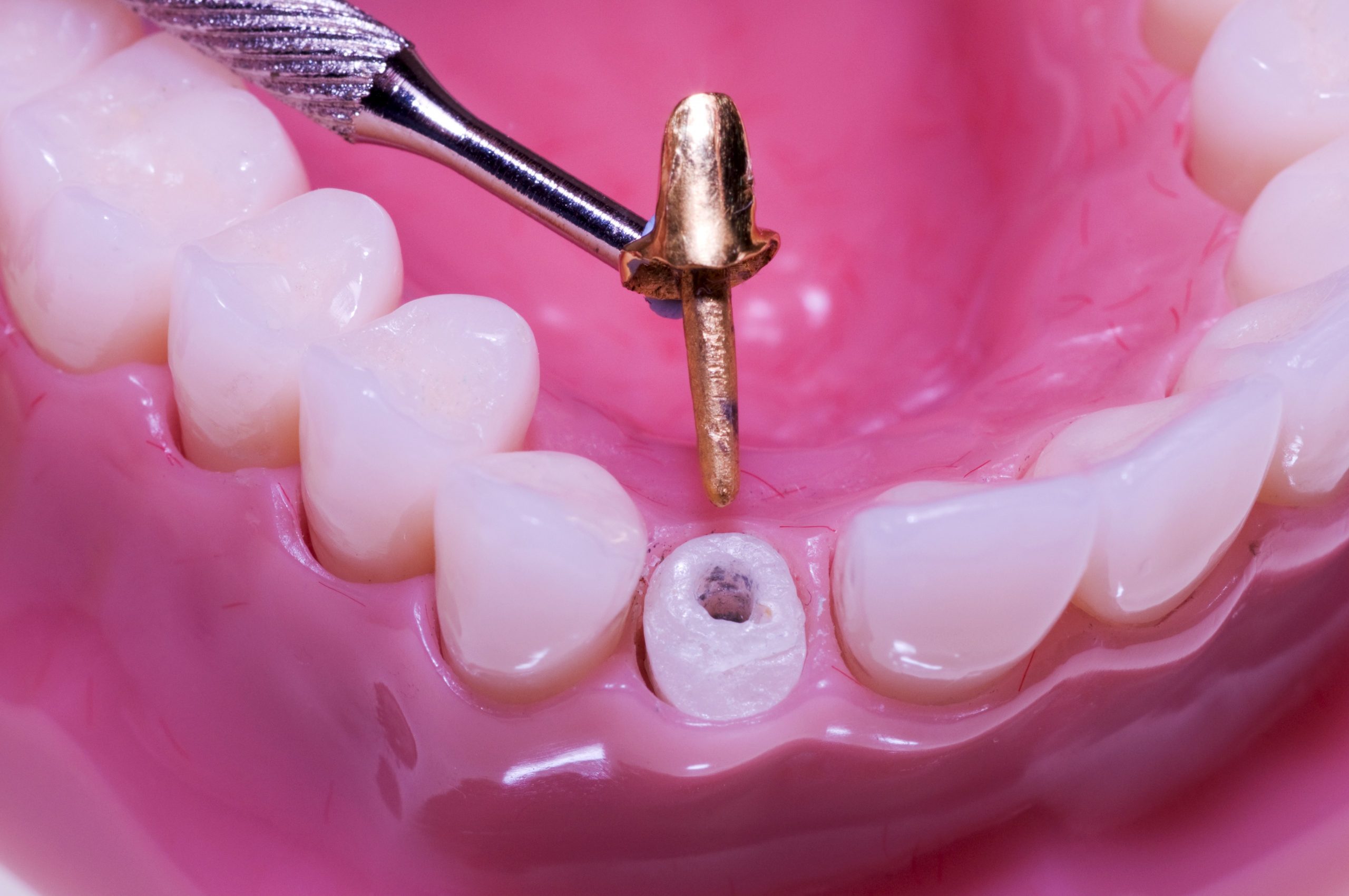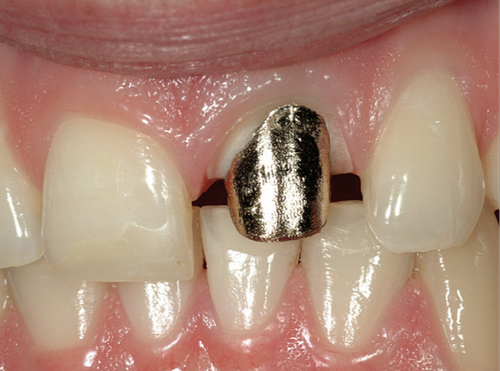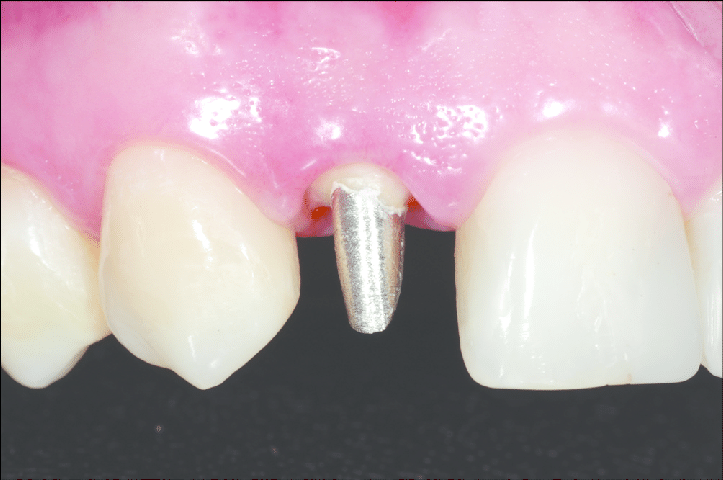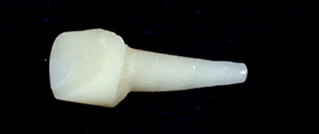






The post is a small rod, usually metal, that is inserted into the root space of the tooth and protrudes from the root a couple of millimetres. The post is then used to hold the core or a filling in place. Because the post is inserted into the root canal, a post and core can only be made for a tooth that has had root canal treatment.
A post and core is a prosthetic device that is utilized when there is inadequate tooth structure remaining to support a traditional restoration or an artificial crown.
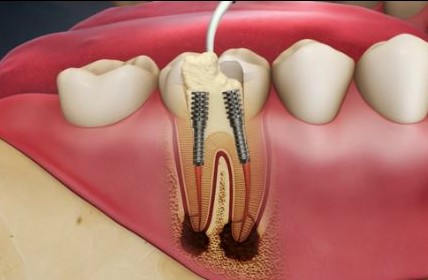
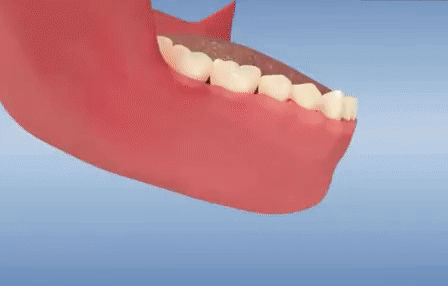
Post and core is a dental restoration procedure which is sometimes performed after a root canal. When a significant portion of a tooth’s structure is removed, a post and core can help keep a dental crown in place. Dental crowns are put on top of teeth, to protect them from further damage or infection.
The post is a small rod, usually metal, that is inserted into the root space of the tooth and protrudes from the root a couple of millimetres. The post is then used to hold the core or a filling in place.
Because the post is inserted into the root canal, a post and core can only be made for a tooth that has had root canal treatment.
The core replaces missing tooth structure in preparation for making a new dental crown. Normally, a dental core can be directly built up from composite materials without a post to hold it in place.
However, a dental post can be used to help to anchor the core to the tooth. In this case, the core is generally made off metal alloys and the device is called post and core.
The core is then utilized to hold a dental crown in place. The crown can be a single unit crown or a retainer crown for a dental bridge.
A great deal of a dental crown stability depends on the amount of tooth structure that extends into its interior. If very little tooth structure occupies this space, the crown will be easily dislodged, especially by forces directed at its side.
Basically, the core is rebuilding the tooth so it is closer to its original dimensions. Hence, the crown's stability will greatly increase, and therefore its long-term chances for success are maximized.
Since patients are given anesthesia, a root canal isn’t more painful than a regular dental procedure, such as a filling or getting a wisdom tooth removed. However, a root canal is generally a bit sore or numb after the procedure, and can even cause mild discomfort for a few days.
Root canals are needed for a cracked tooth from injury or genetics, a deep cavity, or issues from a previous filling. Patients generally need a root canal when they notice their teeth are sensitive, particularly to hot and cold sensations.
